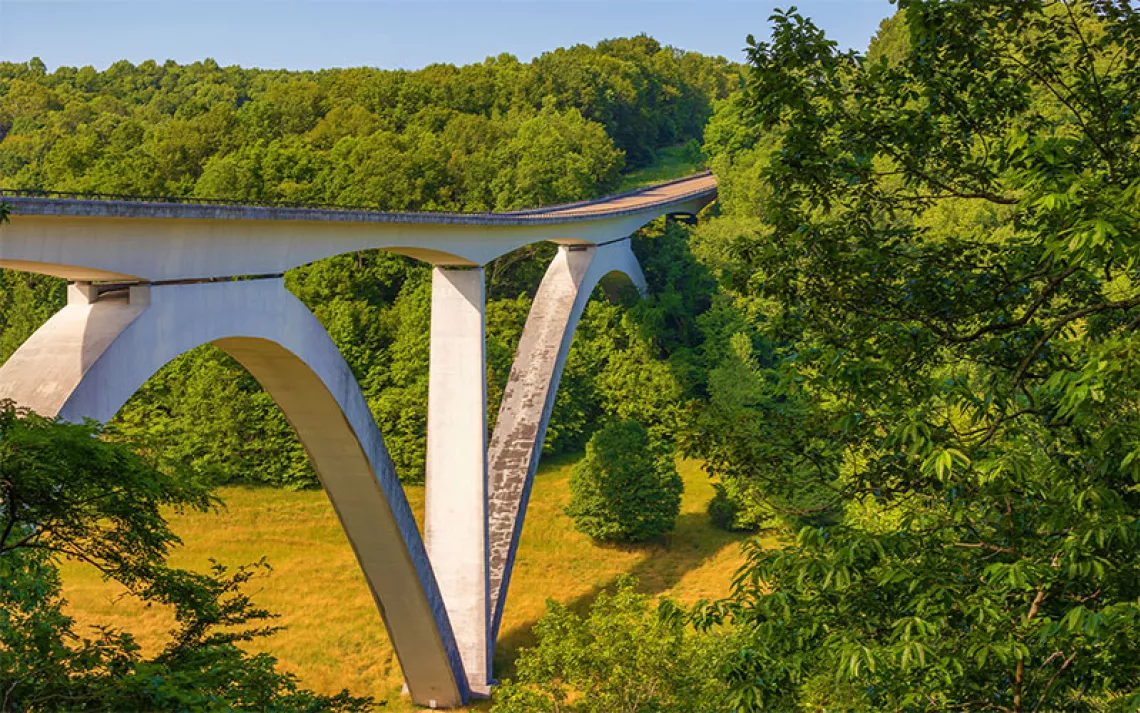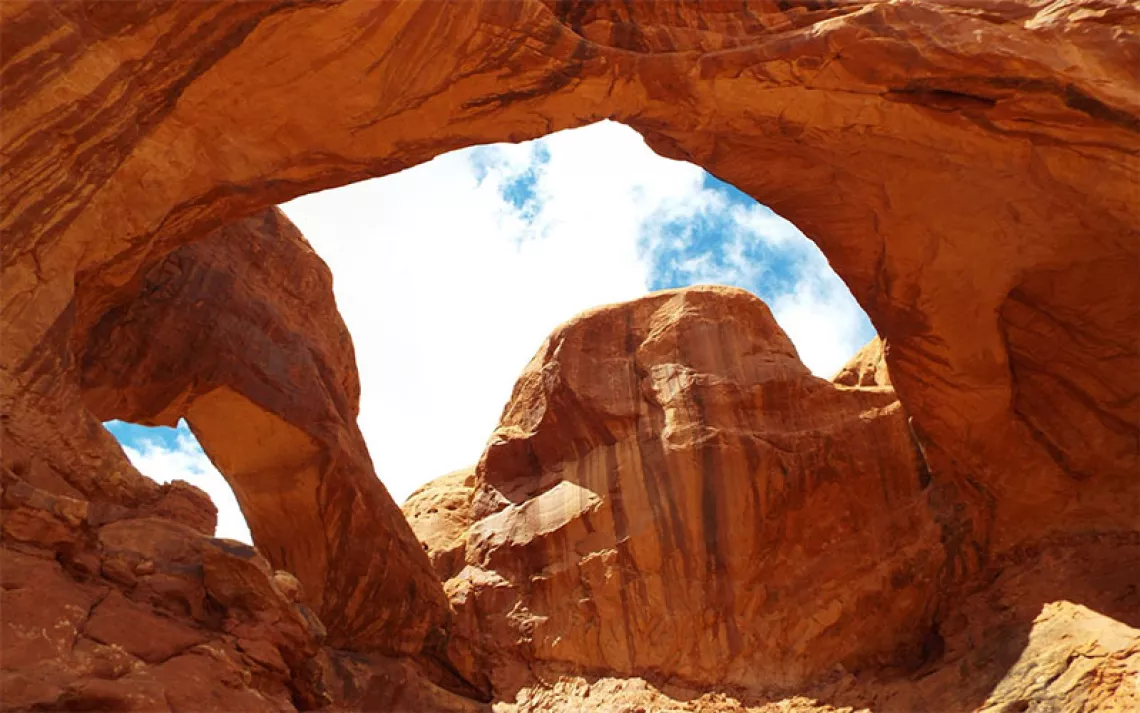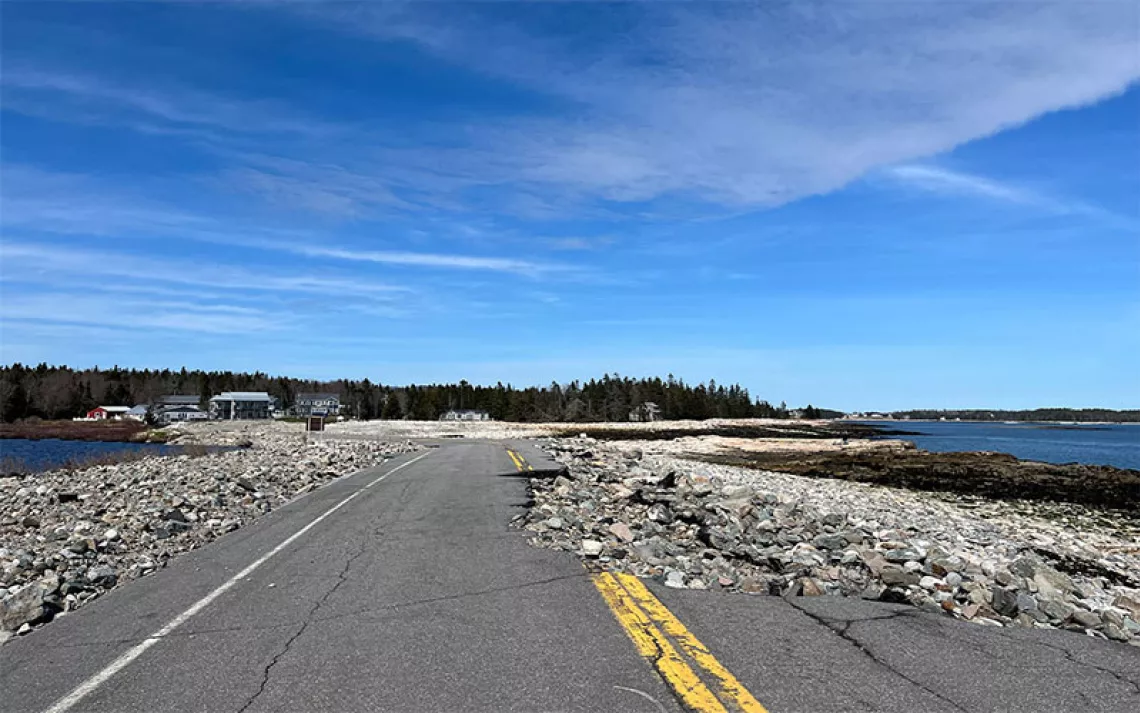A National Park Wish List for National Public Lands Day
Here are five places Congress should vote to protect
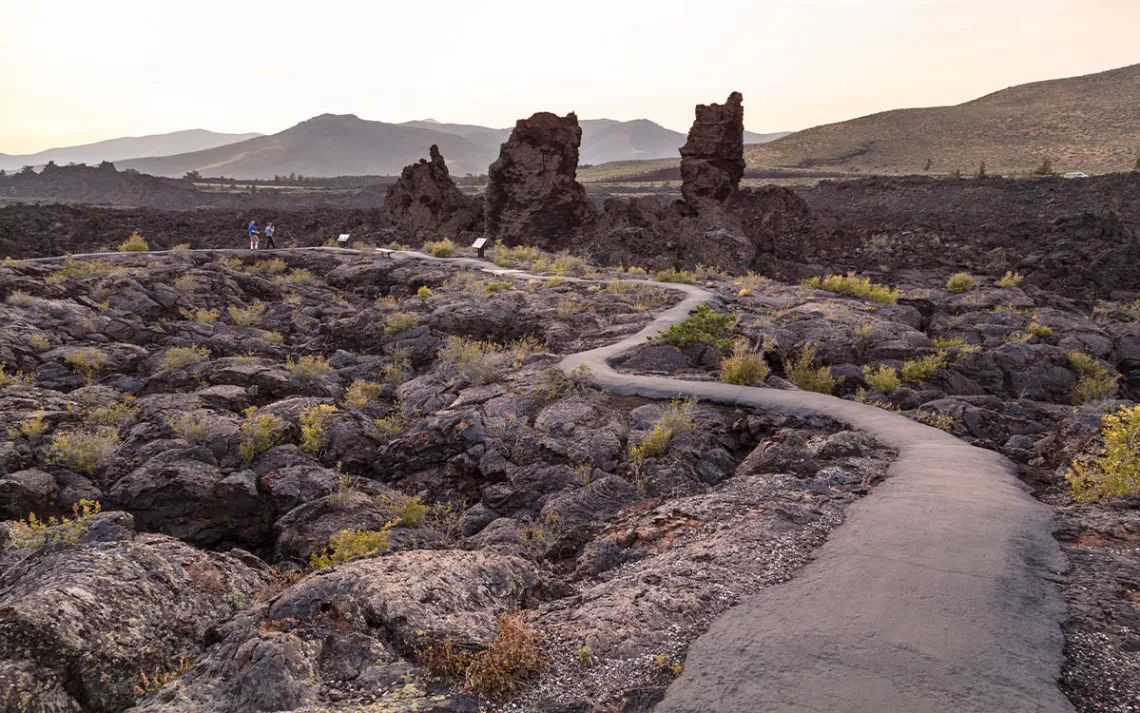
Hikers on North Crater Flow Trail at sunset. | Photo by Jacob W. Frank/NPS
Happy National Public Lands Day! Tomorrow, September 23, marks this annual celebration of public lands, and it’s a perfect time to consider what novelist Wallace Stegner once called “America’s best idea”—our national parks.
Today, few federal programs enjoy as much universal support as these crown jewels of America's conservation. In one Harvard study, nearly 100 percent of participants said national parks are important to them and have value. That level of support has led to unprecedented visitation rates. In 2022, about 312 million people visited one of the nation's 63 national parks. Other National Park Service reports reveal this level of visitation generates over $20 billion and creates almost 400,000 jobs.
Our affection for parks has led to a problem—they're being overrun with visitors. In the most popular parks, like Yosemite and Glacier, reservation systems have been put in place to control the traffic that clogs scenic byways. Animals, too, are feeling the pressure as parks become islands amid a sea of human development. This is a symptom of habitat loss, the number one driver of extinction, according to nearly every conservation organization and expert.
So, what's the solution to these problems? Conservationists say more parks. As the Biden administration seeks to achieve its goal of protecting 30 percent of lands and water by 2030, creating additional parks is one way of meeting that 30x30 aspiration. More national parks will give people more room to roam and protect wildlife too. The Biden administration is off to a good start by creating five landscape-level national monuments. There are now over a million more acres of federally protected land than there were this time last year.
Now, it’s Congress’s turn to step up—since it requires an act of Congress to create a national park. Here are five areas that should be next on the list.
Craters of the Moon
The Craters of the Moon National Monument and Preserve in south-central Idaho includes the largest lava field in the Lower 48. When it was created in 1924, the monument was just over 50,000 acres. Now, with presidential proclamations that have gradually increased the area, it is three-quarters of a million acres in size. In addition to rock and lava, the area includes large swaths of sagebrush steppe and kipukas, which are patches of vegetation that escaped the wrath of lava flows. The work to turn this monument into a national park started a few years ago as local leaders sought ways to boost the economy. The economic boon that follows national parks has been well documented, and the monument came closer to being made into a park in 2014 when its staff started a feasibility study. Conservationists are still hopeful this special place will be even more special with a national park designation.
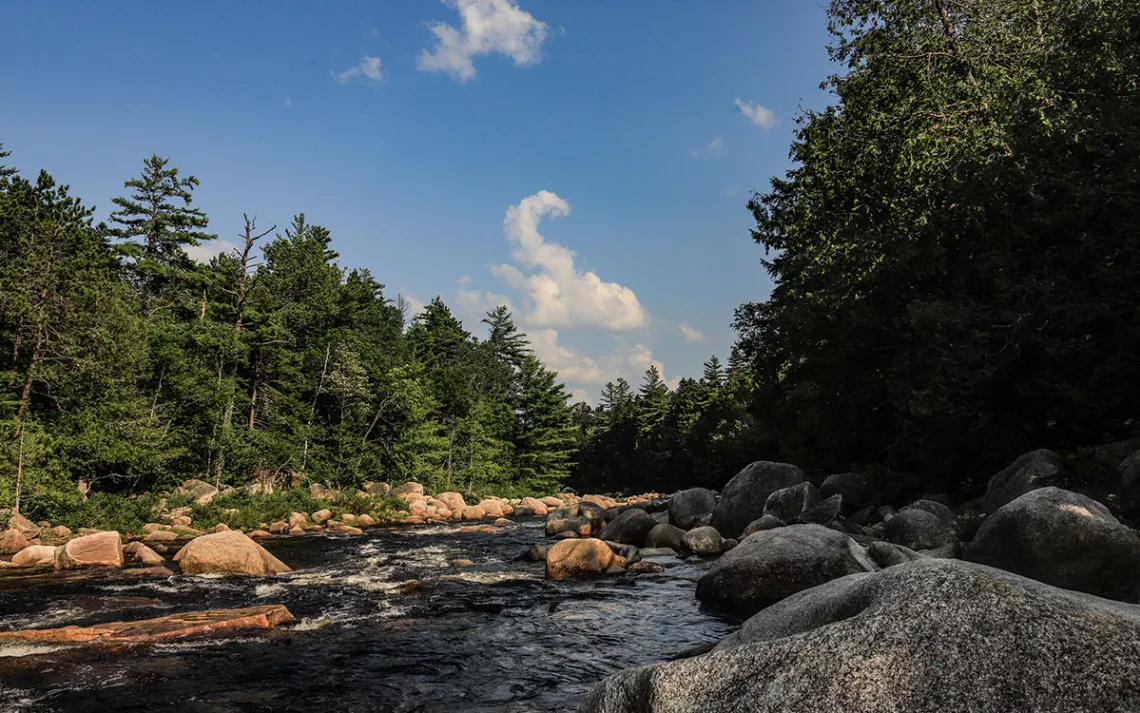
The downstream view of the Wissataquoik from Orin Falls. | Photo by Alyssa Mattei/NPS
Maine Woods
Covered in beech, white pine, and maple, inland Maine offers some of the best examples of what a northeastern forest looked like pre-colonization. While much of the forest is held in the private hands of logging companies, many acres have been left untouched. It is for this reason that locals, spearheaded by Burt's Bees founder Roxanne Quimby, have advocated for years to designate large swaths of this area as a national park. Quimby went on a buying spree in the early 2000s with the hopes of giving the land to the federal government. She ultimately donated nearly 90,000 acres to the public. It's this land that served as the base for Maine's Katahdin Woods and Waters National Monument, created by President Obama in 2016. Now, locals are hoping to create an even more ambitious, 3.2-million-acre national park. Quimby's mission lives on in the work of Maine wildlife conservationists Thomas Mark Szelog and Lee Ann Szelog and through organizations like Restore: The North Woods.
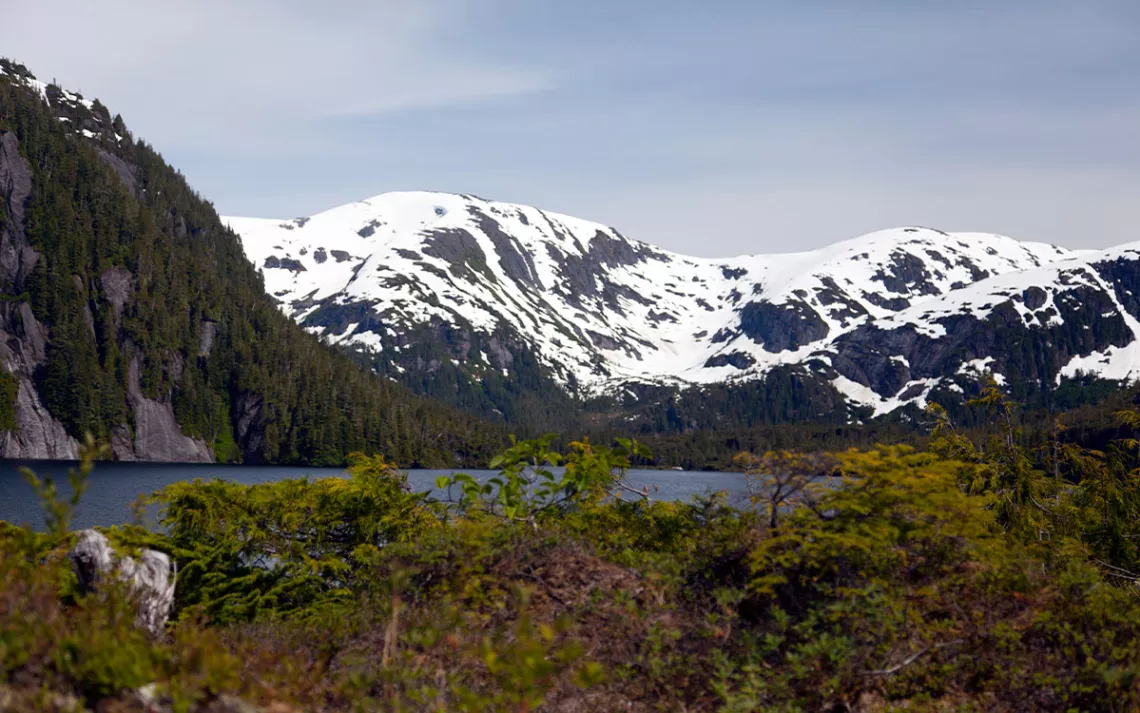
Misty Fjords National Monument, part of the Tongass National Forest. | Photo by Jon Elswick/AP
Tongass
At roughly 17 million acres, the Tongass rainforest in Southeast Alaska is America's largest national forest. However, this designation belies a disturbing reality. Much of the forest is open to logging under the government's multiuse principle. In 2015, over 6,000 acres were logged, according to the Southeast Alaska Conservation Council. But even that wasn't enough for the Trump administration, which in 2020 scrapped a rule to prevent logging and road building across 9 million acres of the forest. The Biden administration restored that rule, but a future administration could easily reverse course. Also, as reported by Grist, industry groups have found a useful loophole that allows federal land to be transferred into state and private hands. One way to permanently end industrial logging in the continent's largest temperate rainforest is for Congress to create a national park—a solution that would preserve the natural character of the forest for the more than 400 species of wild animals that live there and also end decades of harm to tribal subsistence practices.
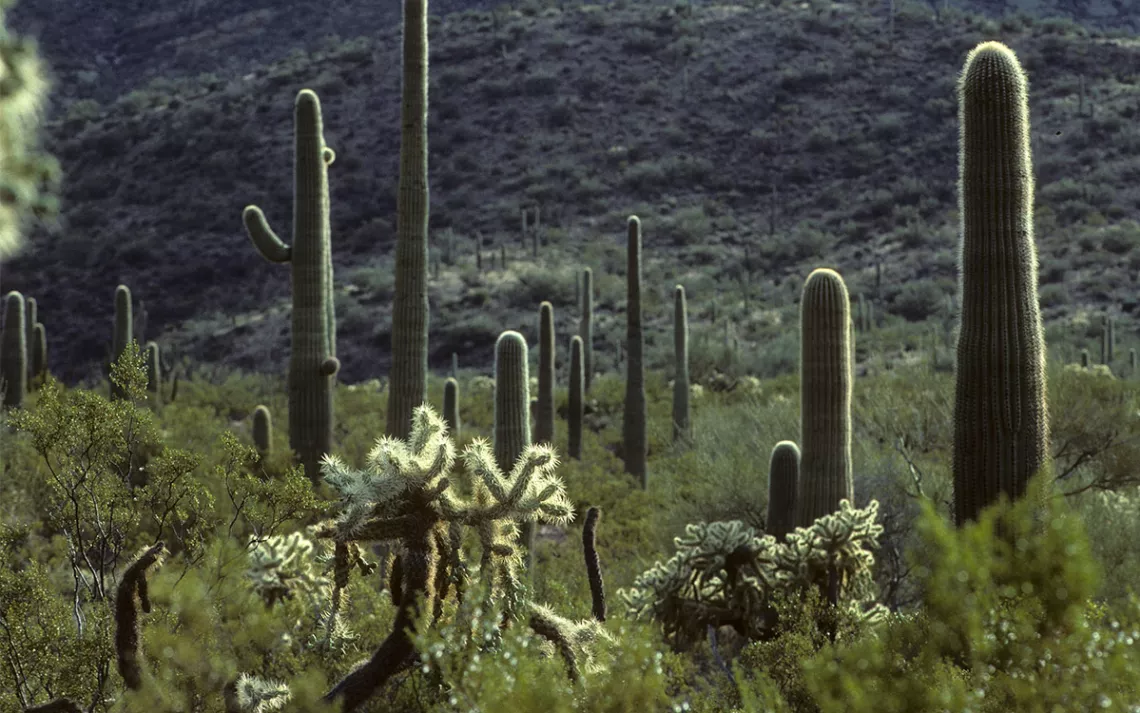
Saguaro in the Sonoran Desert. | Photo by Michel VIARD/iStock
Sonoran Desert
The Sonoran Desert is one of the lushest deserts on Earth. The relatively high precipitation makes this one of the most biodiverse regions of the country. Covering approximately 100,000 square miles, the Sonoran Desert straddles the US-Mexico border and runs nearly the entire length of southern Arizona. Historically, iconic desert animals such as the Sonoran pronghorn, javelinas, Mexican wolf, and even jaguars roamed across this desert, traversing the invisible line that is the international border with ease. But the ecosystem was torn asunder by the border wall, disrupting migration patterns and connectivity with devastating effects. Now, animals frequently need to travel far and wide for food and water. Without the ability to do that, life for them gets even harder in an already difficult place to eke out a living. There are areas that are ripe for the formation of a park. On the northern side of the border lies the Cabeza Prieta National Wildlife Refuge and Organ Pipe Cactus National Monument. On the south side of the border in the Mexican state of Sonora is El Pinacate y Gran Desierto de Altar, a UNESCO World Heritage Site. A bi-national park—like Waterton-Glacier on the Canada-US border—could provide lasting protections.
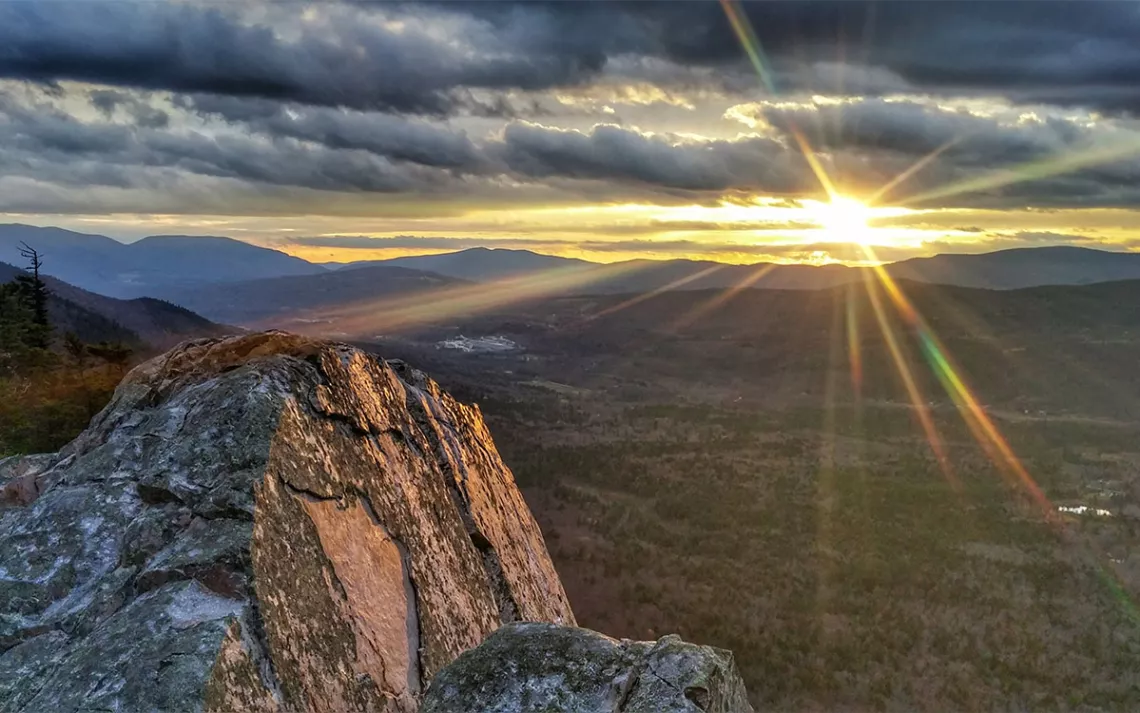
Green Mountain National Forest, Vermont. | Photo by Katie Dobies/iStock
Green Mountain
When George Meléndez Wright, the first Latino to hold a professional position in the National Park Service, came up with a list of potential parks in the early 1930s, the Green Mountains of Vermont were on his list. A few years later, a portion of the mountain range was declared a national forest, and much of the character and quality that Wright admired in the early part of the 20th century exist today. As it's a national forest, however, logging is prioritized across much of the 400,000 acres. A recent management plan hoped to add logging on 12,000 acres of the forests. According to Standing Trees, a conservation organization based in Vermont, the US Forest Service has signed off on logging across 40,000 acres of the Green Mountains over the next 15 years. As Vermont's only national forest and a crucial area for wildlife, this forest would make a wonderful addition to the national park system in one of the most popular recreation destinations in New England.
 The Magazine of The Sierra Club
The Magazine of The Sierra Club

